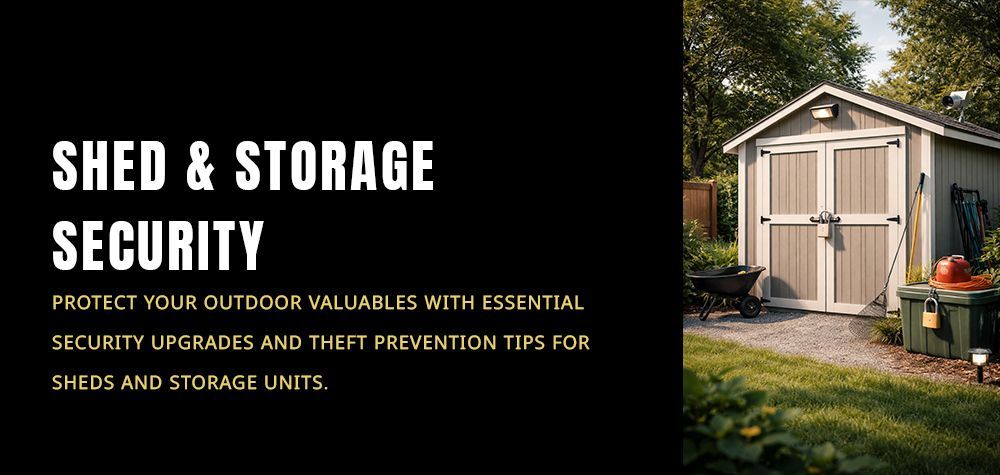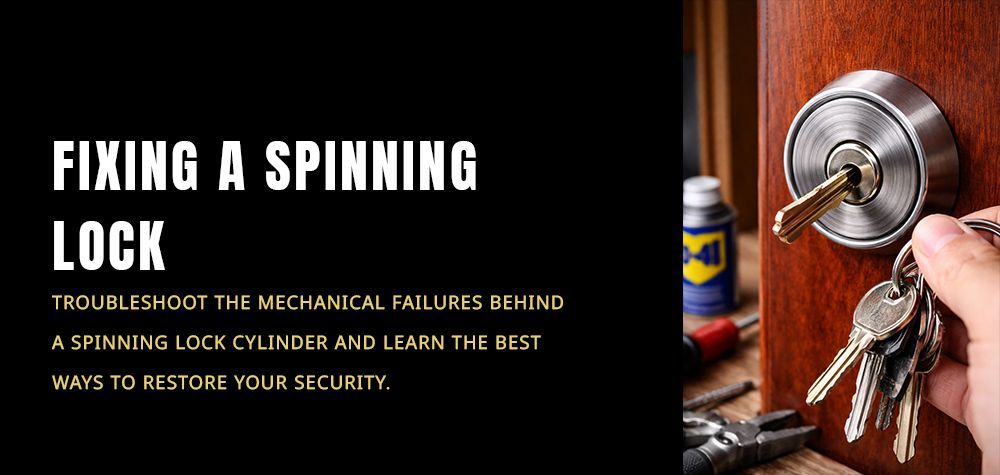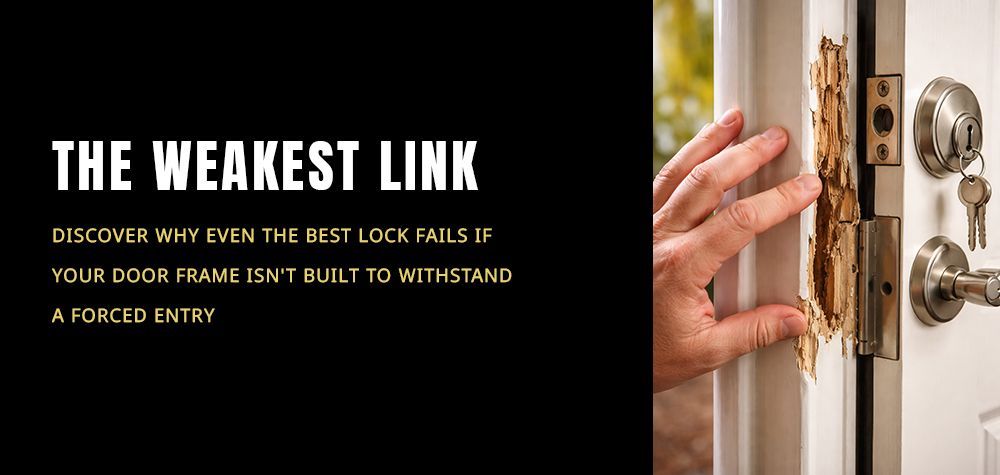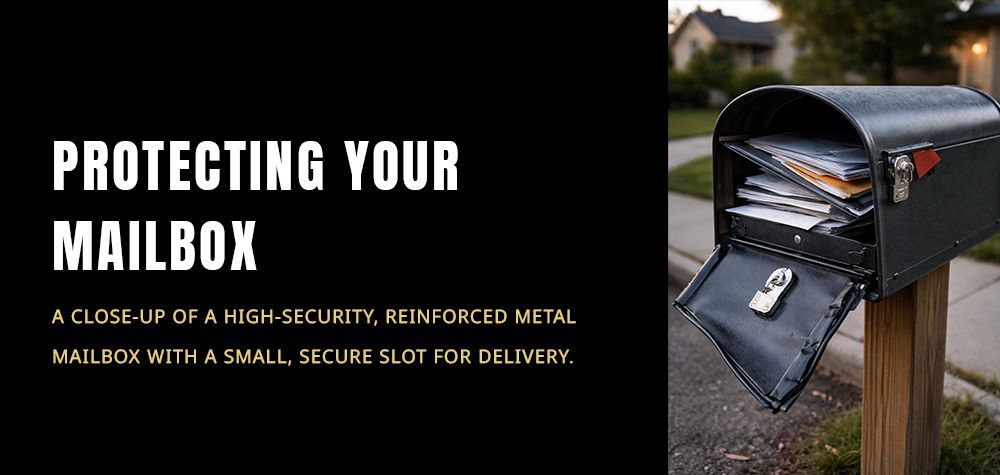Key extraction process: Retrieving Broken Keys and Ensuring Security
The sinking feeling when you turn your key in a lock and it suddenly snaps, leaving a fragment lodged inside, is a scenario that has likely happened to many of us. It's a frustrating experience that can disrupt your day and potentially compromise your security. Addressing a broken key in a lock promptly is essential not only to regain access but also to prevent further damage to the lock. Ignoring the issue or attempting to force the broken key can lead to expensive repairs and even a lock replacement.
In this comprehensive guide, we will explore various techniques to safely remove broken keys from locks. Whether you're dealing with a broken house key, car key, or any other type of key, this guide will equip you with the knowledge and skills to handle the situation effectively.
Understanding Why Keys Breaks in the Locks
Understanding why keys break in locks is essential for preventing this frustrating experience. Factors like material fatigue, excessive force, corrosion, and wear contribute to key breakage. Regular maintenance and careful use can help minimize the risk, ensuring the longevity of your keys and the security of your locks.
Factors Contributing to Key Breakage
Material Fatigue:
Over time, keys can weaken due to material fatigue. The constant turning and exposure to the elements can take a toll on key integrity. This can result in small cracks or deformations that eventually lead to breakage. Additionally, poor quality materials or manufacturing defects can accelerate this process, making the key more susceptible to snapping. Regular maintenance and periodic replacement of keys can help mitigate this issue.
Excessive Force:
Applying excessive force while turning a key, especially when the lock is sticky or jammed, is a common reason for key breakage. It's important to remain patient and gentle when dealing with a stubborn lock to avoid damaging the key. If the key does break, it's best to seek professional help toremove the broken piece and repair the lock.
Corrosion and Wear:
Keys can corrode or develop weak points due to prolonged use, making them more susceptible to breaking. This can be especially problematic for keys that are frequently used, such as those for vehicles or doors. Regular maintenance and care can help to prevent corrosion and wear, but eventually, all keys will show signs of aging. It's important to keep an eye on the condition of your keys and replace them when necessary to avoid the inconvenience of a broken or lost key.
Using the Wrong Key:
Occasionally, in a rush, one could mistakenly use the incorrect key. Forcing the wrong key can put strain on both the key and the lock, potentially leading to breakage.. It's important to always take a moment to ensure you have the right key before attempting to unlock a door. Rushing and using the wrong key can cause unnecessary damage and inconvenience. Always double check and use the correct key to avoid any potential problems.
Certain situations make keys more prone to breakage, such as attempting to unlock a door with a rusty lock, turning a car key in a frozen lock, or using a bent key. To minimize the risk of key breakage, it's essential to maintain your keys regularly. This includes inspecting them for wear, keeping them clean, and ensuring they're not damaged or bent.
Assessing the Situation
When faced with a broken key in a lock, staying calm is crucial. Panic can lead to hasty decisions that may worsen the situation. Carefully examine both the key fragment and the lock for any visible damage. This assessment will help you understand the extent of the problem. Figure out how deeply the key fragment is lodged in the lock. This information will guide your choice of removal technique.
How to Remove a Broken Key from a Lock
Tweezers or Needle-Nose Pliers:
When facing the challenge of a broken key in a lock, having tweezers or needle-nose pliers on hand is a practical solution. These tools offer precision in gripping the key fragment, allowing you to gently pull it from the lock cylinder. By positioning the tool carefully and applying steady pressure, you can navigate the delicate process of key extraction. Additionally, the option to wiggle the key while pulling can aid in dislodging it from any pins or tumblers, making these tools versatile for the task at hand.
1.Prepare Your Tools:
Get a pair of tweezers or needle-nose pliers ready before you begin. It's important that they are clean and in good condition, as you will need to use them to carefully remove any small splinters or debris from the wound to prevent infection and promote proper healing.
2. Position the Tool:
If you're using tweezers, open them slightly and position the tips around the end of the broken key. If you're using needle-nose pliers, open them wide enough to accommodate the key. If you're using tweezers, open them slightly and position the tips around the end of the broken key. If you're using needle-nose pliers, open them wide enough to accommodate the key. Carefully grip the broken key and slowly pull it out of the lock, making sure not to apply too much force and risk breaking it further.
3. Gently Pull the Key:
Apply gentle and steady pressure to pull the broken key straight out of the lock cylinder. Be patient and avoid excessive force, as you don't want to push the key further inside or damage the lock.
4. Wiggle if Necessary:
If the key is stuck and won't come out with a simple pull, you can try wiggling it back and forth slightly while pulling. This can help dislodge the key from any pins or tumblers that it may be caught on.
5. Inspect and Reattempt:
After each attempt, carefully inspect the lock and the broken key to see if any progress has been made. If the key is still stuck, reposition your tool and try again.
6. Avoid Pushing Inward:
Be cautious not to push the broken key further into the lock while attempting to remove it. This could make the situation more challenging to resolve.
If you're unable to extract the key using these techniques or if you're concerned about causing damage to the lock, it's best to consult a locksmith for professional assistance. They have specialized tools and expertise to handle these situations safely.
Conclusion:
In conclusion, understanding why keys break and employing the right techniques for removal is crucial for maintaining the security of your property. Remember, staying calm, assessing the situation, and using the appropriate tools can make the key extraction process more manageable. When in doubt or if DIY methods prove challenging, don't hesitate to reach out to Brothers Locksmith for swift and professional assistance, ensuring the security of your locks and peace of mind.
Call Us Any Time!






